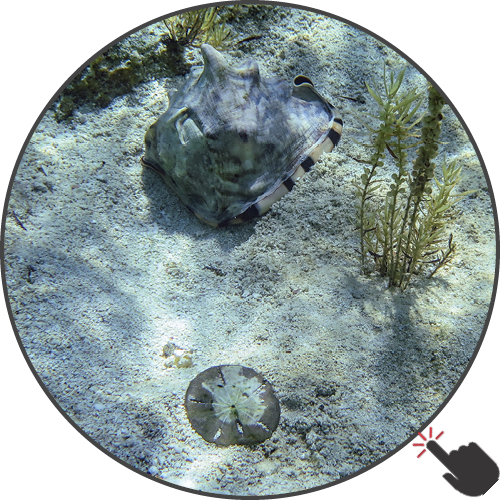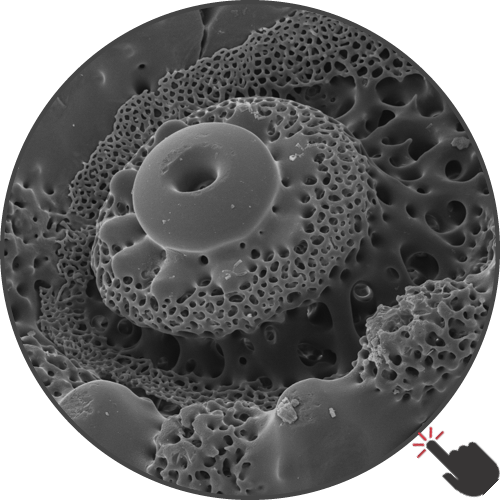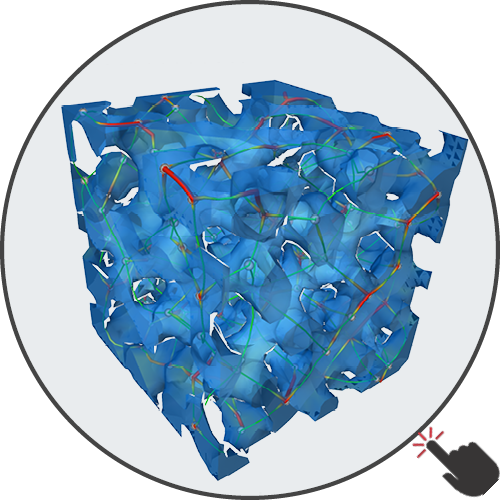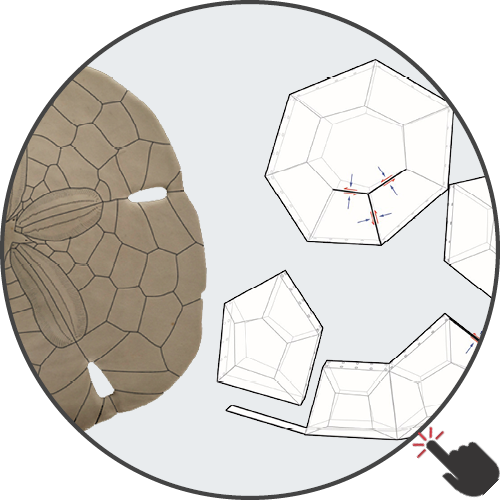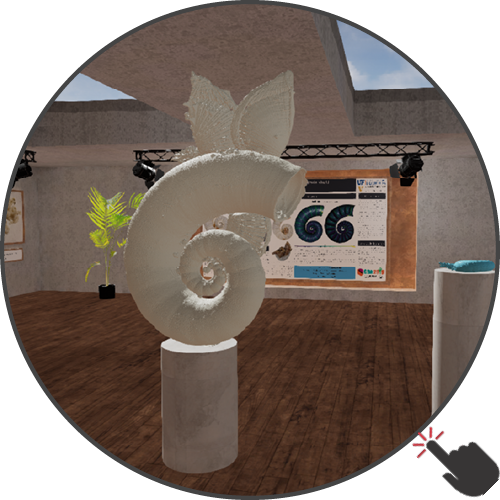Taphonomy
Taphonomy of marine organisms is explored with a particular focus on echinoids and cephalopods. Exploration of temporal and spatial distribution of taphonomic patterns, signals and filters. Taphonomy is examined with respect to the alteration and preservation potential of shelled marine invertebrates and depositional patterns. Especially the preservation potential of predatory traces and their paleontologial interpretation is in the research focus. Effects of abrasion, bioerosion and encrustation are investigated with regard to the environment in which an organism or its remnants occurs and the potential being transferred into the fossil sedimentary record. The understanding of taphonomic signals and filters are used for a more accurate interpretation of fossil remains and traces recorded therein.
Analytical methods include, but are not restricted to, quantitative and qualitative statistical comparisons of shells recovered from various environments and periods, computational modeling, and actualistic explorations. The actualistic approach is particularly useful for obtaining a baseline of pristine structures and their pathway of degradation.
Taphonomy of echinoids and predatory traces in echinoids
The preservation potential of echinoid shells is investigated from various environments. Abrasion, bioerosion and encrustation patterns are matrix-coded for computational comparisons along environments and geological times.
Comparison of Echinocyamus tests from Recent environments (left) and the Miocene (right). Even though the fossil test is taphonomically altered, surface characteristics are still preserved.
The preservation potential of drill holes in echinoid skeletons is examined. Taphonomic pathways of drill hole alterations due to abrasion, bioerosion and encrustation is used to identify the recognition potential of these predatory traces in the fossil record.
Taphonomic degradation of drill holes (all recent) in Clypeaster rosaceus. Epibionts encrust the test surface and can alter drill hole details. Drill holes can very often still be identified as such.
Taphonomy of cephalopods
Spirula shells are investigated for their quality as floating island habitats, encrustation patterns and accumulation behavior. Comparative analyses are conducted along geological times and spatial distribution.
Spirula shell found in-situ (left) on the beach. These shells can function as mobile floating islands for epibionts such as the barnacle Lepas (right).
